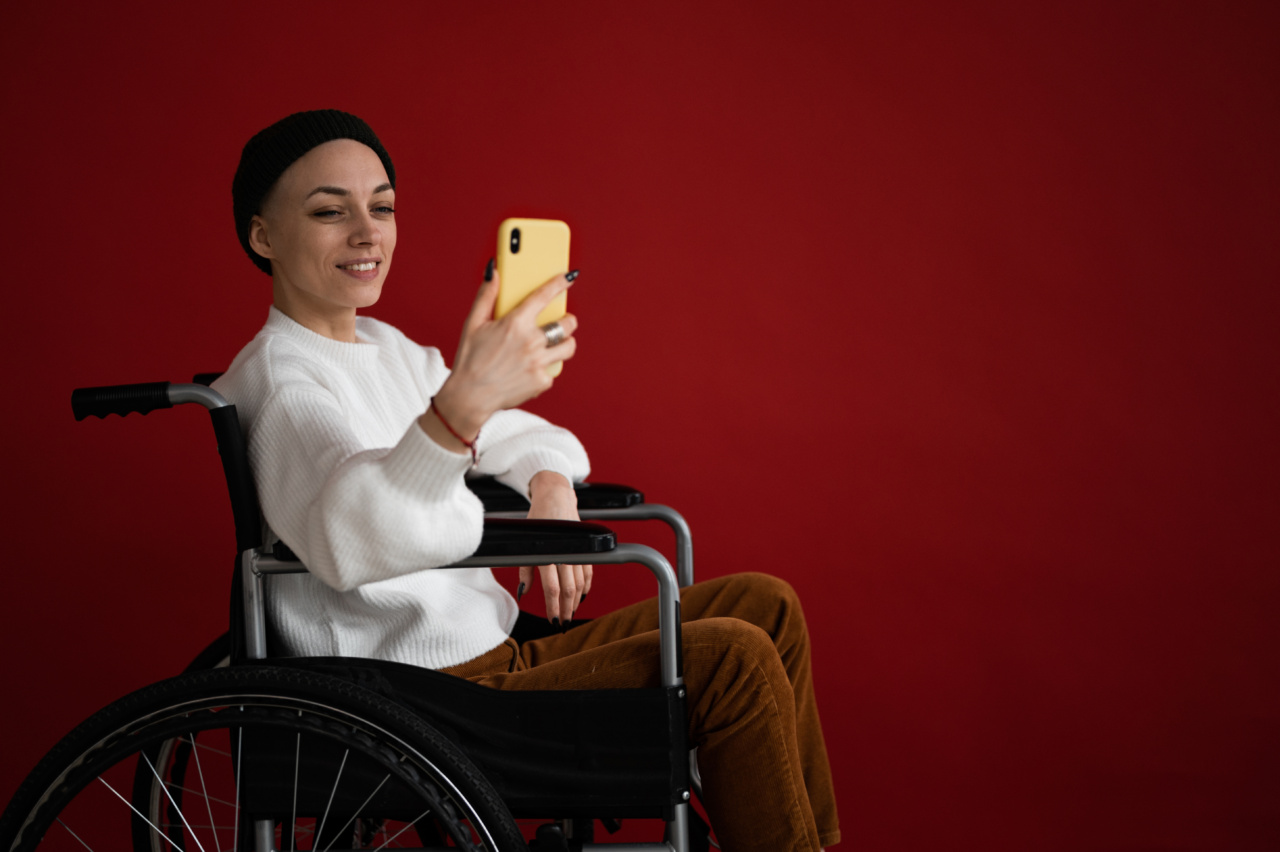Parkinson’s disease is a neurodegenerative disorder that affects millions of people worldwide.
It is characterized by the loss of dopamine-producing cells in the brain, leading to symptoms such as tremors, rigidity, and impaired balance and coordination. These motor symptoms can greatly impact a person’s ability to perform daily activities and maintain stability.
The Challenges of Maintaining Stability
Individuals with Parkinson’s disease often struggle with maintaining stability, which can lead to falls and injuries. The loss of dopamine in the brain affects the basal ganglia, a region responsible for movement control.
As a result, patients may experience difficulty initiating and controlling movements, leading to instability and falls.
Other factors that contribute to instability in Parkinson’s disease include muscle weakness, impaired postural reflexes, and abnormal gait patterns.
These challenges can significantly impact a person’s confidence and overall quality of life.
Conventional Approaches to Improve Stability
Traditional treatment approaches for stability issues in Parkinson’s disease include medication, physical therapy, and occupational therapy.
Medications that increase dopamine levels in the brain can help reduce symptoms and improve stability to some extent. However, these medications may have side effects and their effectiveness may diminish over time.
Physical therapy and occupational therapy aim to address stability issues by focusing on balance and gait training, strengthening exercises, and adaptation strategies.
While these therapies can be beneficial, they require regular sessions with trained professionals and may not always be accessible or convenient for patients.
The Role of an Innovative Device in Stability Recovery
Advancements in technology have led to the development of innovative devices that can help individuals with Parkinson’s disease recover stability and regain independence.
One such device is the wearable balance belt, which utilizes sensor technology and real-time feedback to improve stability and posture.
How the Wearable Balance Belt Works
The wearable balance belt consists of a waistband equipped with sensors that can detect changes in posture and movement.
These sensors transmit data to a portable device, such as a smartphone or tablet, which analyzes the information and provides real-time feedback to the wearer.
When the sensors detect an imbalance or abnormal movement, the device provides auditory or vibratory cues to the wearer, prompting them to correct their posture or adjust their gait.
Over time, this feedback helps retrain the brain and body to adopt more stable and coordinated movements.
Benefits of Using the Wearable Balance Belt
The wearable balance belt offers several benefits for individuals with Parkinson’s disease seeking to improve stability:.
1. Real-Time Feedback
The device provides immediate feedback when postural deviations or abnormal movements are detected, enabling prompt correction. This real-time feedback helps reinforce the formation of new movement patterns and habits.
2. Convenient and Portable
The wearable balance belt is a compact and portable device that can be easily worn during daily activities.
It does not require additional equipment or specialized settings, making it convenient for individuals to use in their own homes or during outdoor activities.
3. Personalized Rehabilitation
The device can be programmed to cater to the specific needs of each individual.
Based on the user’s movement patterns and challenges, the wearable balance belt can adapt and provide personalized feedback and exercises to target areas of weakness or instability.
4. Motivational Support
The wearable balance belt also offers motivational support by tracking progress and achievements. Users can monitor their stability improvements over time, providing a sense of accomplishment and encouragement to continue their rehabilitation efforts.
Success Stories with the Wearable Balance Belt
The wearable balance belt has shown promising results in improving stability and mobility in individuals with Parkinson’s disease.
Several studies have reported significant improvements in gait patterns, reduced fall rates, and increased confidence in performing daily tasks.
One study conducted on a group of individuals with Parkinson’s disease found that the wearable balance belt significantly decreased postural sway and improved balance control compared to conventional therapy.
Participants reported feeling more confident and secure in their movements, leading to enhanced overall stability.
Another success story involves an individual named John, who had been living with Parkinson’s disease for over a decade. John’s balance had progressively deteriorated, and he relied on assistive devices to perform basic tasks.
After using the wearable balance belt for a few months, John experienced noticeable improvements in his stability. He regained the ability to walk without assistance and reported a significant reduction in falls.
Conclusion
Parkinson’s disease poses significant challenges to maintaining stability and can greatly impact a person’s daily life.
However, innovative devices like the wearable balance belt offer hope for individuals seeking to recover stability and improve their quality of life. With real-time feedback, convenience, and personalized rehabilitation features, this device has the potential to revolutionize stability recovery in Parkinson’s disease.
Further research and advancements in this field will continue to pave the way for improved outcomes and enhanced independence for individuals with Parkinson’s disease.





























